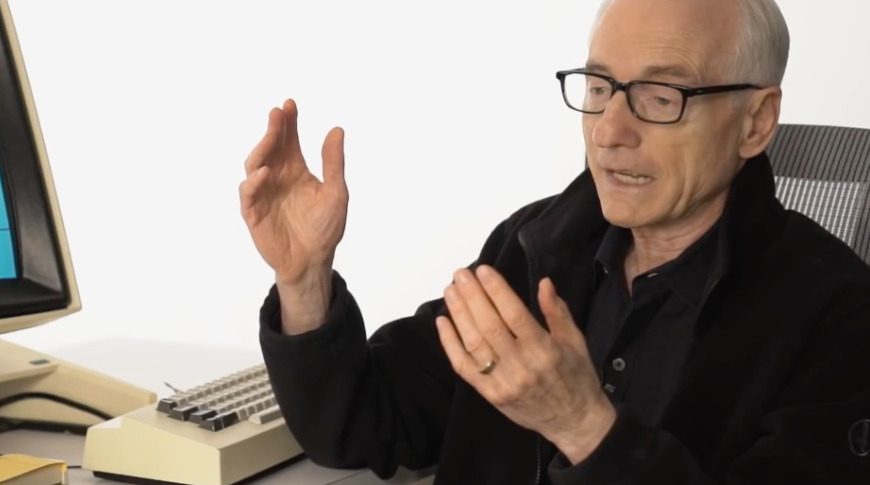Larry Tesler, who showed Steve Jobs around Xerox PARC, dies aged 74
Computer scientist Larry Tesler was the inventor of copy-and-paste as we know it today, and was also the guide that showed Steve Jobs the Xerox PARC systems that would inspire the Macintosh.
Renowned computer scientist and mathematician Larry Tesler has died at the age of 74. From 1980 to 1997, he worked for Apple, recruited by Steve Jobs, and ultimately rising to become vice president and chief scientist. In his 17 years at Apple, he began on the Apple Lisa, ran the development of the Newton, and invented Copy and Paste.
He was also a major contributor to key Macintosh software including QuickTime, AppleScript and Bill Atkinson's HyperCard.
Tesler was the person Xerox assigned to show Steve Jobs around its Palo Alto Research Center in late 1979. The two visits Jobs made to PARC then, and what he saw Tesler and colleagues developing, are the reason Apple produced the Lisa and the Mac.
It was computing legend Alan Kay who had hired Tesler for Xerox, and then it was Steve Jobs who hired him away to work at Apple.
After Jobs left the company, Tesler continued, and was at least an advisor when Apple was considering buying NeXT. At the time, Gil Amelio was Apple's CEO, and in 1996 he was deciding between two companies, either of which were believed capable of reviving Apple's fortunes. Jobs had NeXT, and ex-Apple head Jean-Louis Gassee had Be OS.
Tesler advised Amelio to buy NeXT, but also warned him.
"Whatever company you choose," he is reported to have said, "you'll get someone who will take your job away, Steve or Jean-Louis."
Apple bought NeXT, Jobs did take Amelio's role, and the company began its rise to today's trillion-dollar value. One of the key parts of that rise was the move to Intel processors in 2006. That gave the Mac a new lease of life, but it was a move that had been proposed for many years — including by Tesler.
Speaking in 2011, Tesler said that switching from Motorola to Intel had been a goal for a very long time.
"We had actually tried a few years before to port the MacOS to Intel, but there was so much machine code still there, that to make it be able to run both, it was just really really hard," he said. "And so a number of the senior engineers and I got together and we recommended that first we modernize the operating system, and then we try to get it to run on Intel, initially by developing our own in-house operating system which turned out to be one of these projects that just grew and grew and never finished."
Tesler had been behind another of Apple's processor decisions that were to prove fruitful. During his time managing the Apple Newton, he persuaded the company to invest in the UK's ARM or Advanced RISC Machines. On his website, Tesler says that Apple's investment of $5 million "resulted in a gain of over $800 million."
ARM processors are used for iPhones and iPads, but may soon also become the next platform for Macs.
After leaving Apple in 1997, Tesler co-founded an education company, which he ran until 2001. After that, he worked variously at Amazon and Yahoo on user experience software, and latterly became a private consultant for design across online, TV and print.
 William Gallagher
William Gallagher











 Andrew Orr
Andrew Orr
 Sponsored Content
Sponsored Content
 Malcolm Owen
Malcolm Owen



 Mike Wuerthele
Mike Wuerthele
 Christine McKee
Christine McKee







